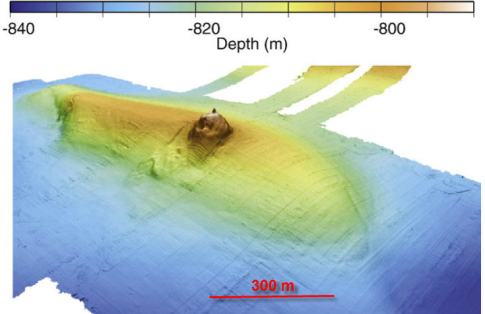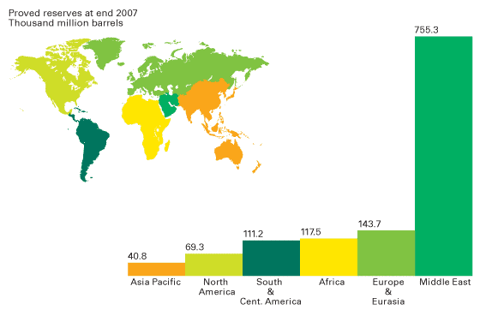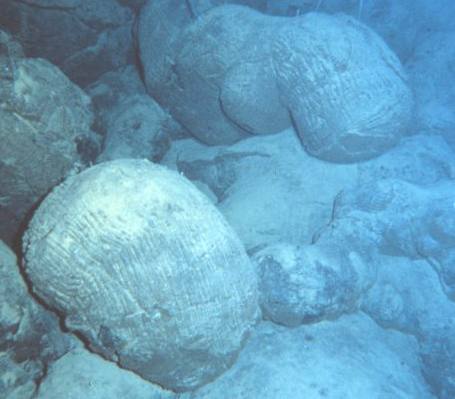
Petrobras could rise 25 percent - Barron's
NEW YORK, June 29 (Reuters) - Shares of Petrobras(PBR) could rise another 25 percent if the Brazilian oil company's recently discovered offshore wells become as profitable as some expect, financial weekly Barron's reported.Brazil Oil Reserves Will at Least Triple, Lula Says
The state-controlled company may be sitting on top of what may be the largest oil field find in the Western Hemisphere in 30 years, the newspaper said in its June 30 edition.
The company's U.S. listed shares, which closed at $69.23 on Friday, could rise as high as $90 within a year, Barron's said. (Reporting by Emily Chasan; Editing by Braden Reddall)
June 26 (Bloomberg) -- President Luiz Inacio Lula da Silva said Brazil will at least triple its oil reserves by exploring a new offshore area that includes the Western Hemisphere's largest discovery since 1976.Also see AAPG Hedberg Conference: Hydrocarbon Habitat of Volcanic Rifted Passive Margins.
``This is very promising for Brazil,'' Lula, 62, said in a Bloomberg Television interview today at the presidential palace in Brasilia. ``We have to take advantage of this oil to develop the country.''
A tripling of proved reserves from 12.6 billion barrels would move Brazil into the world's top 10 nations in oil supplies, according to estimates from London-based BP Plc.









































